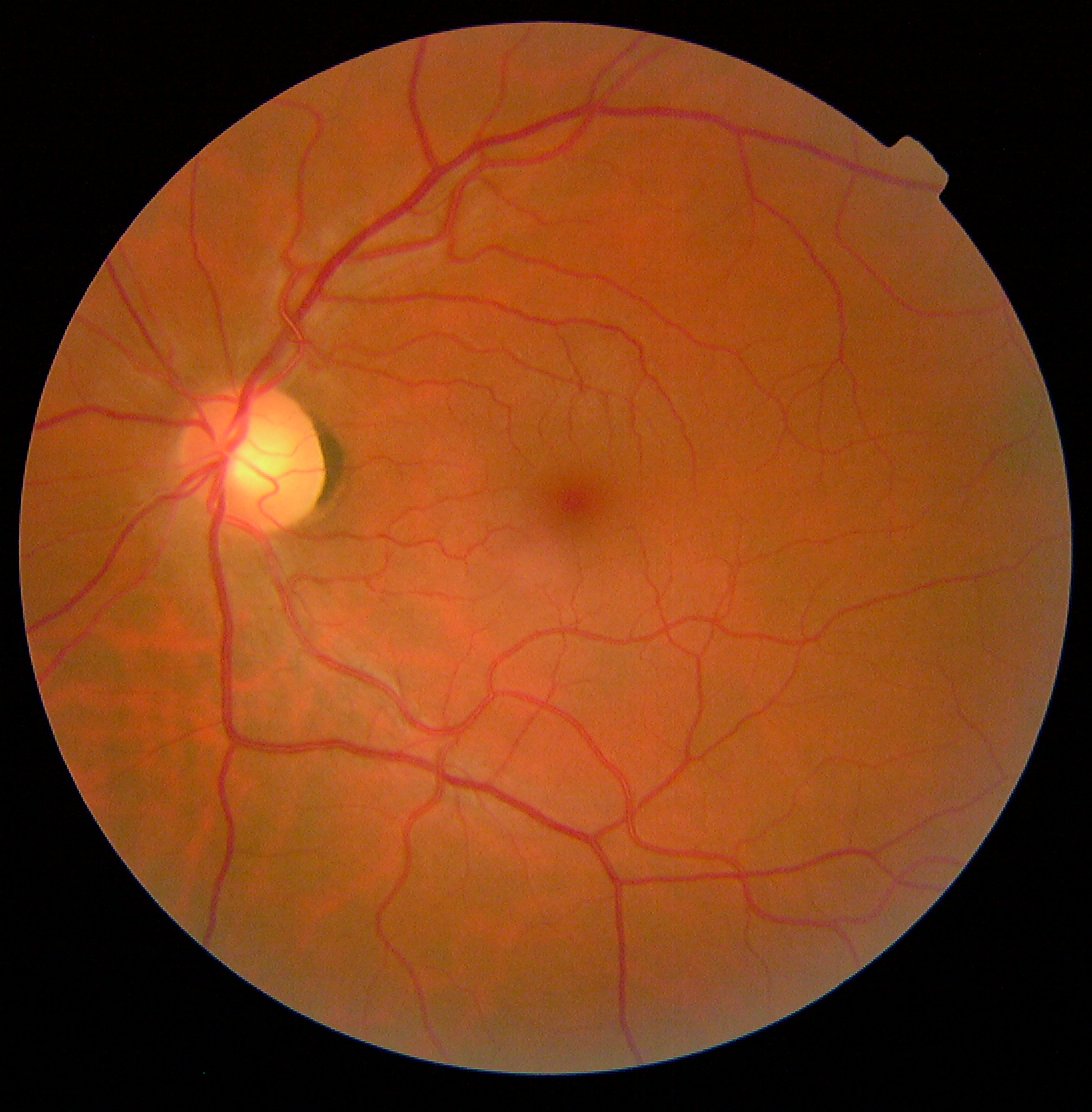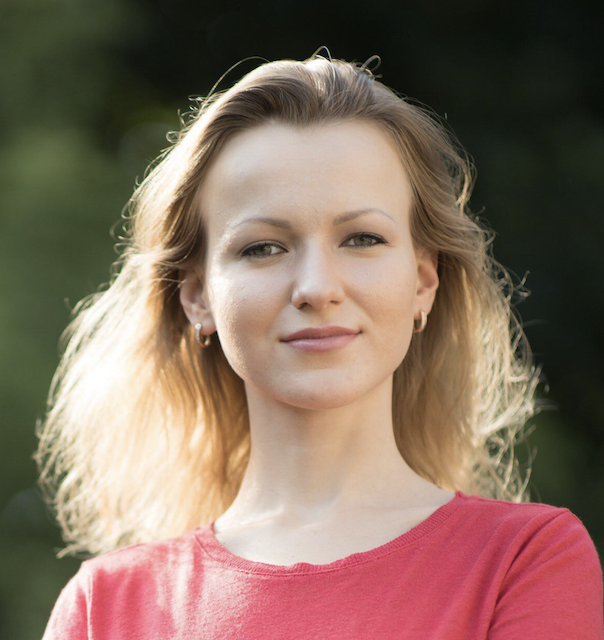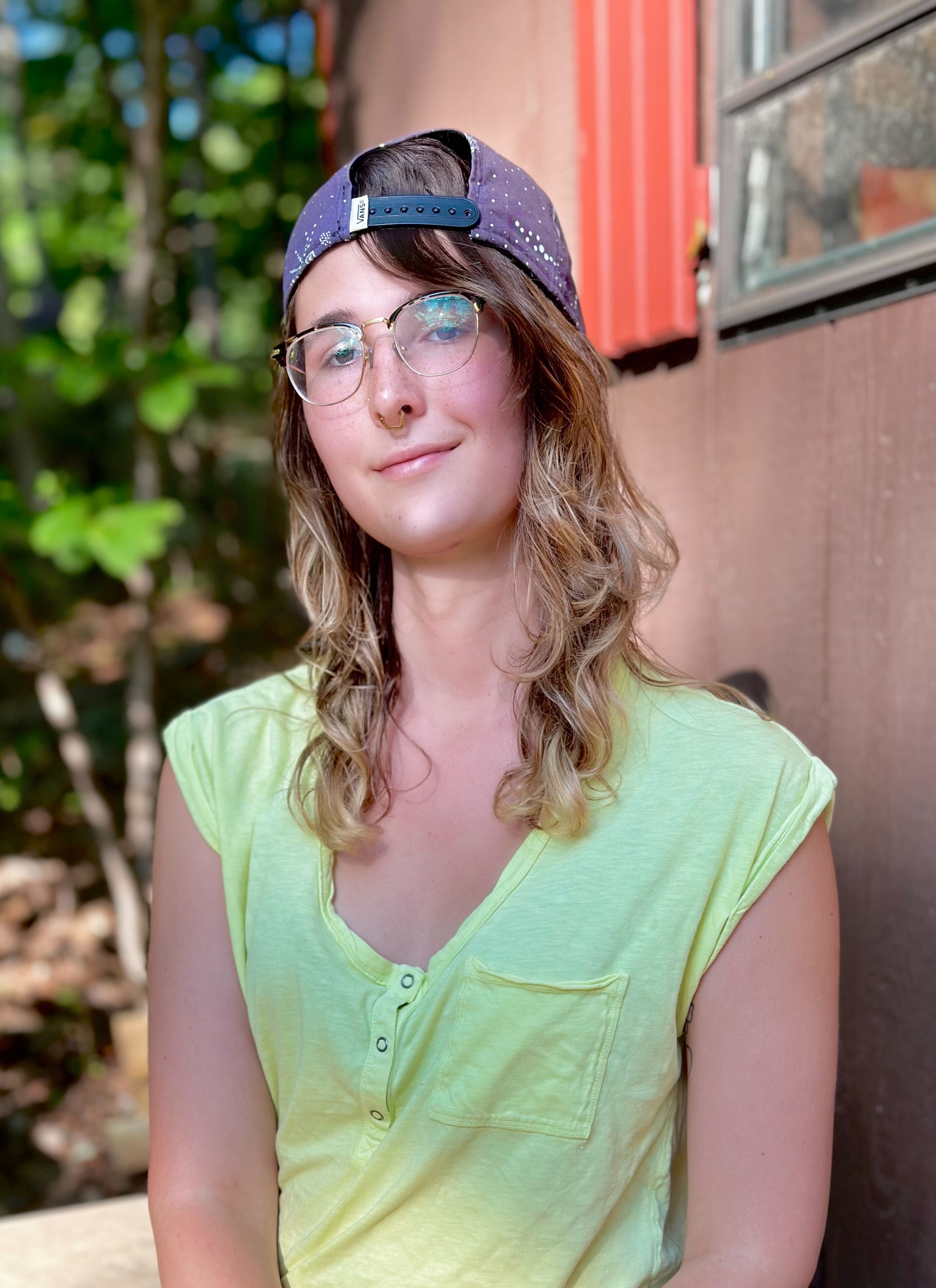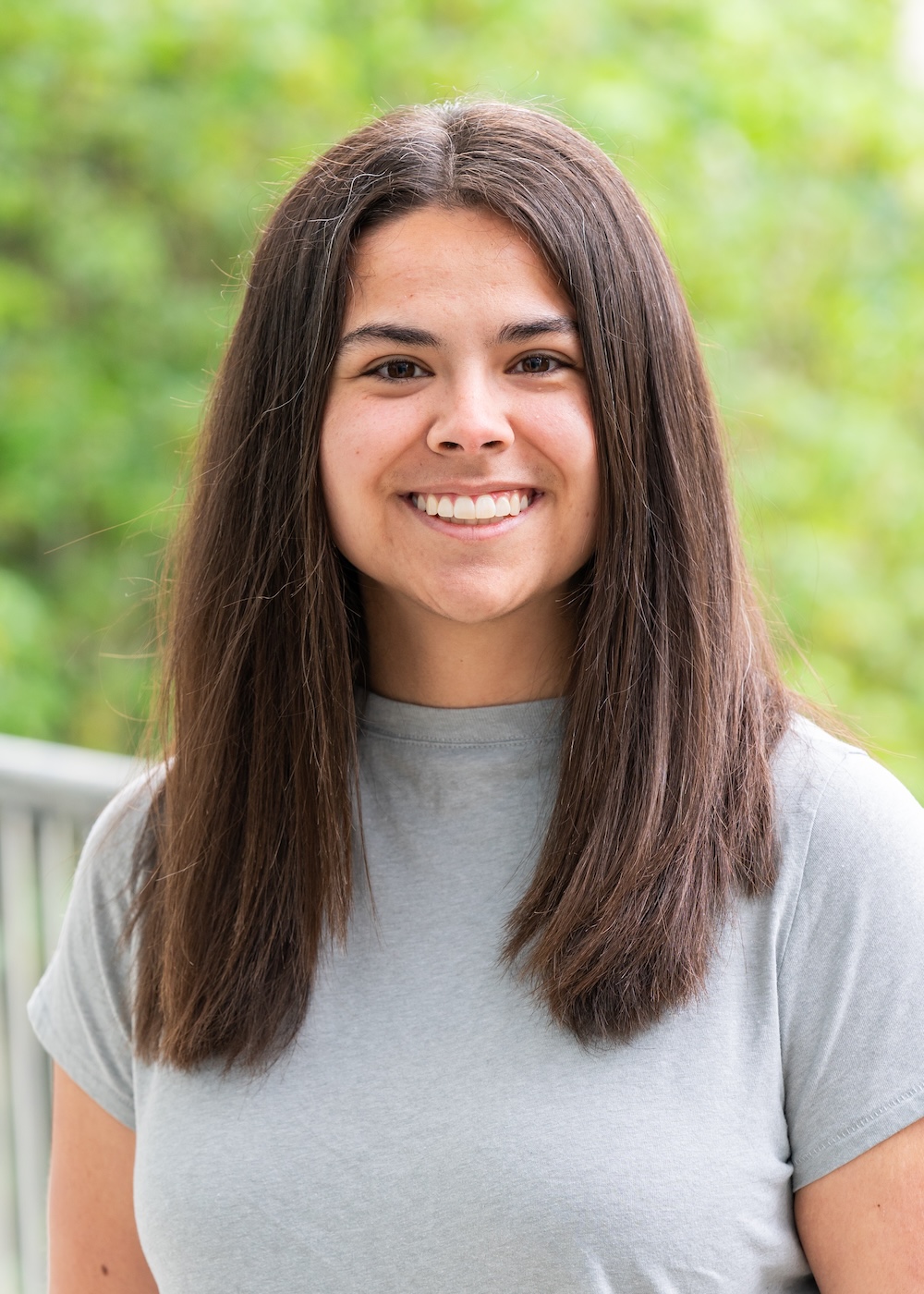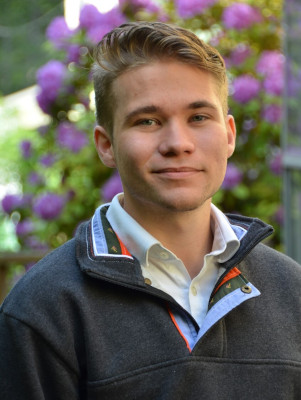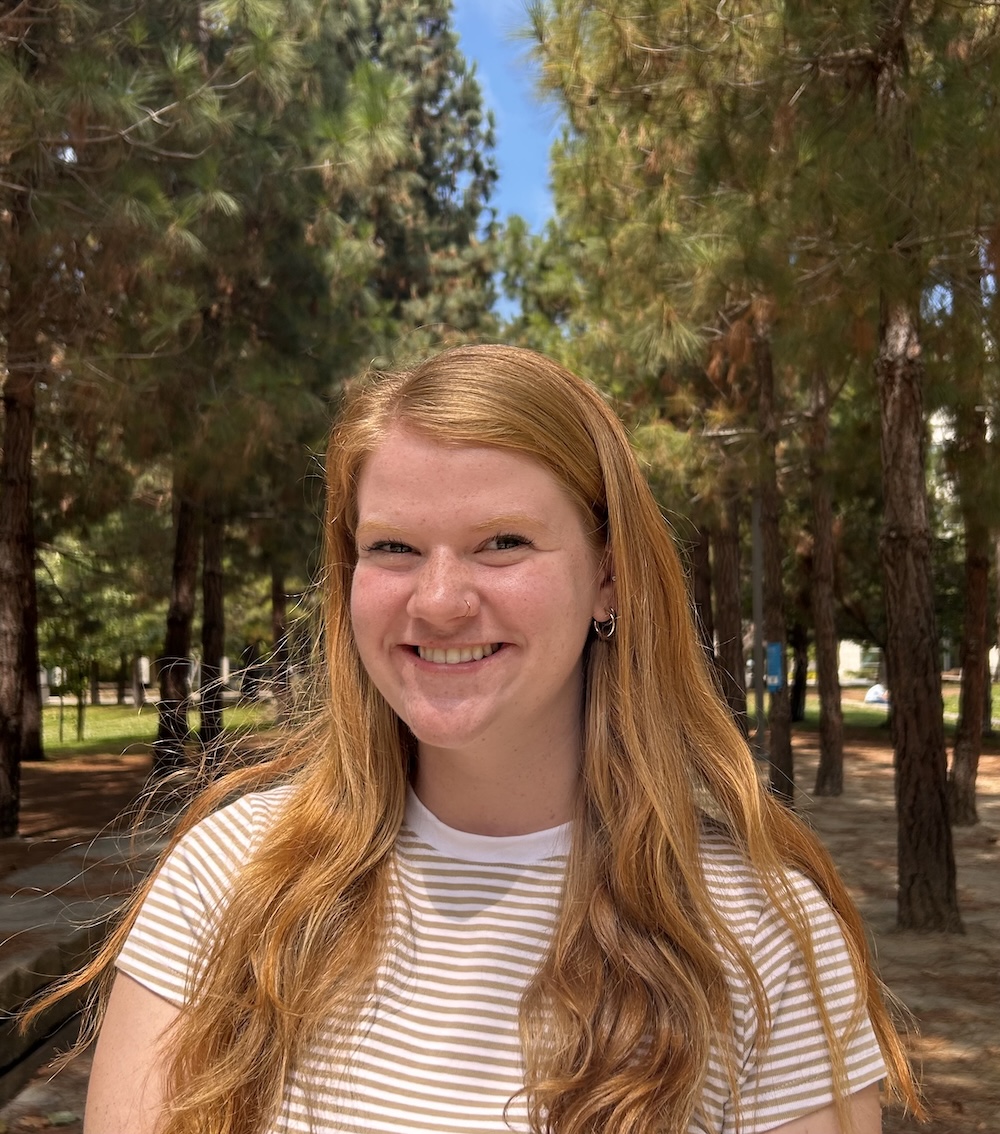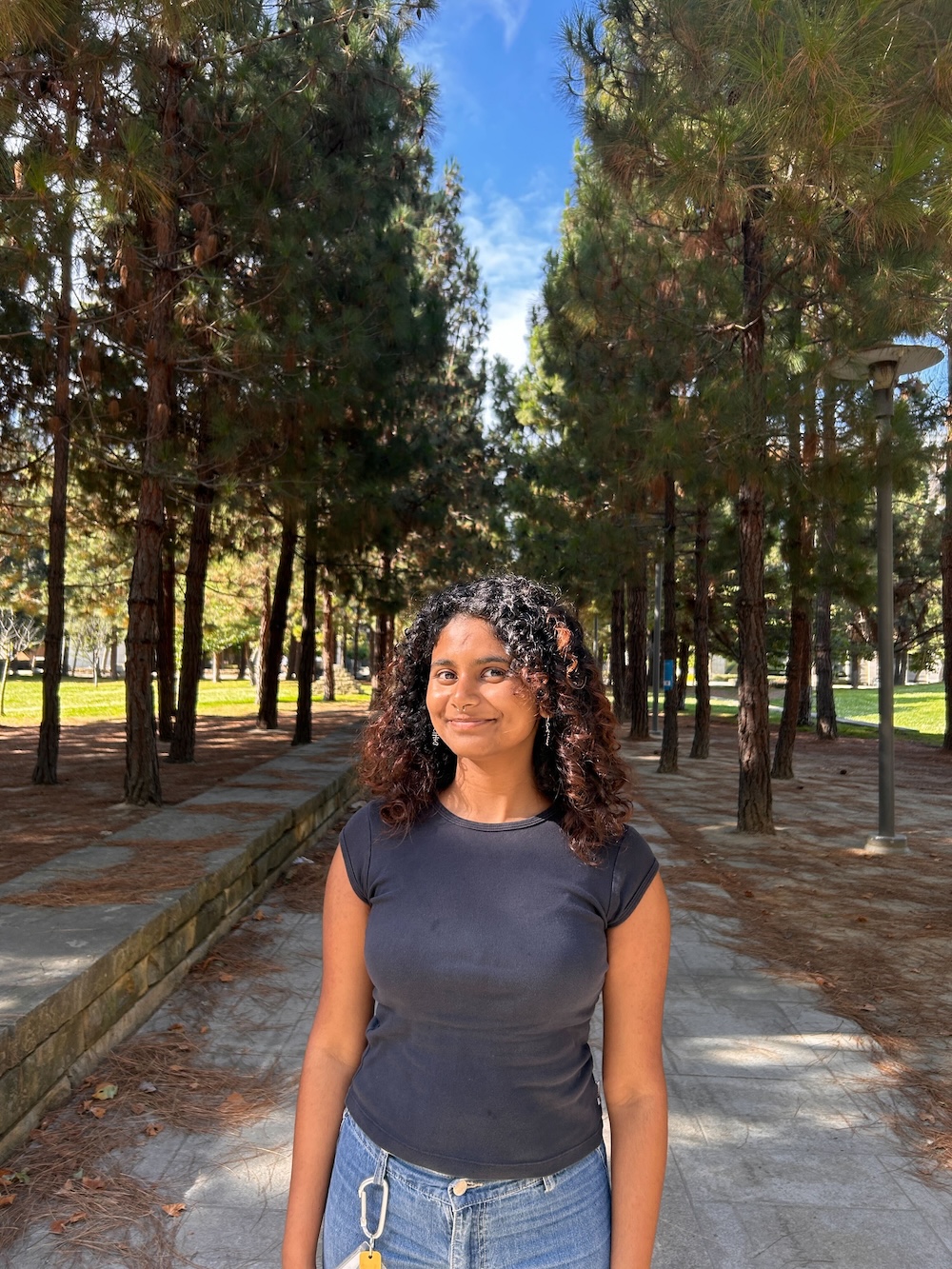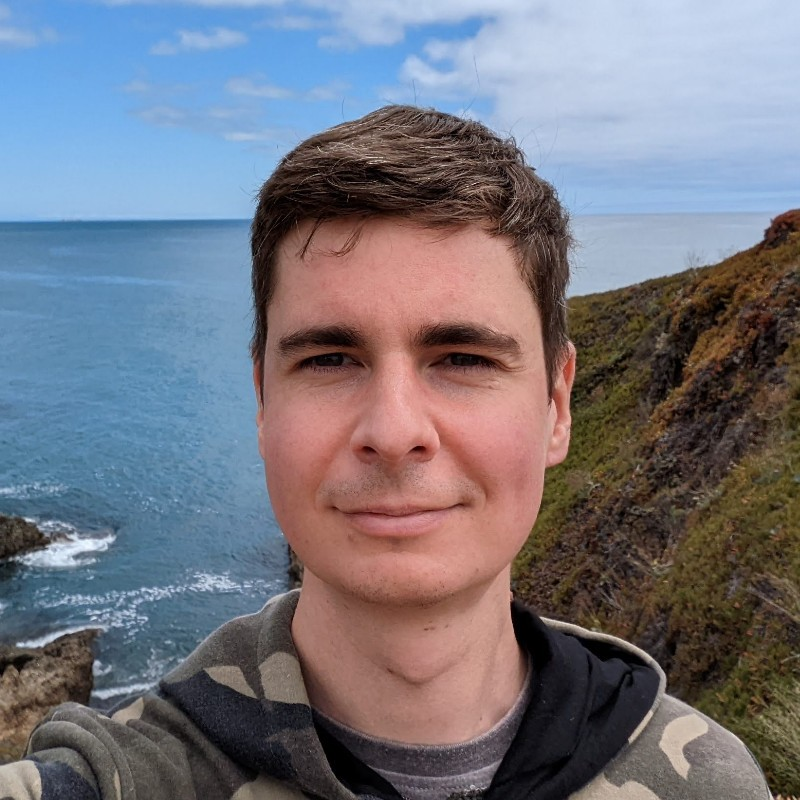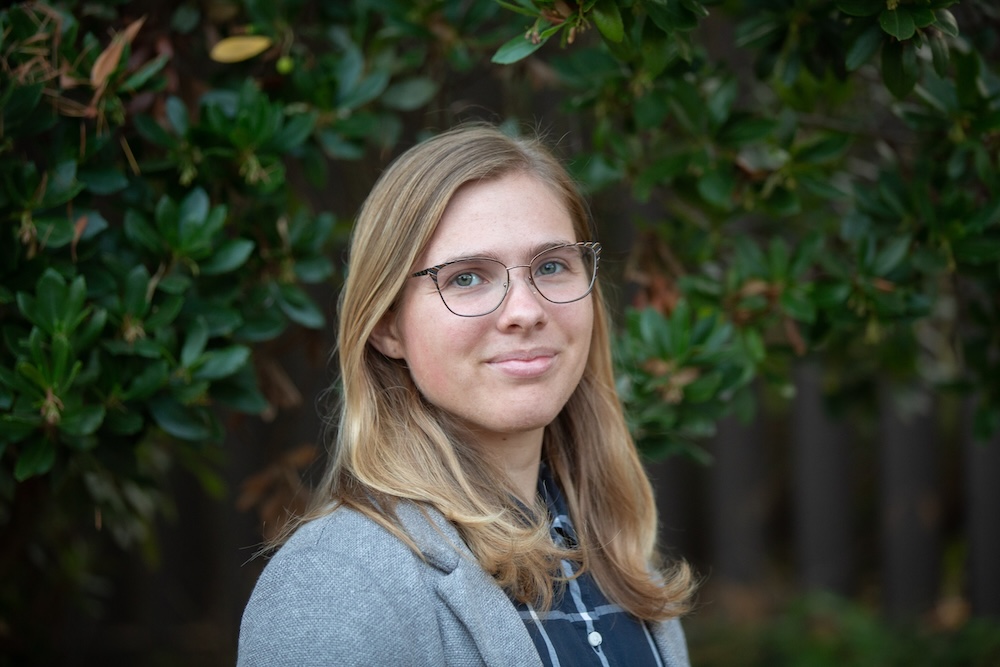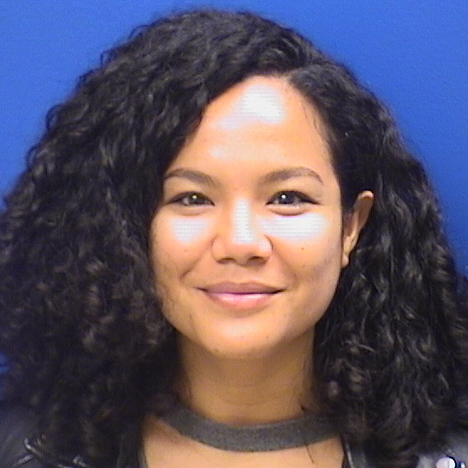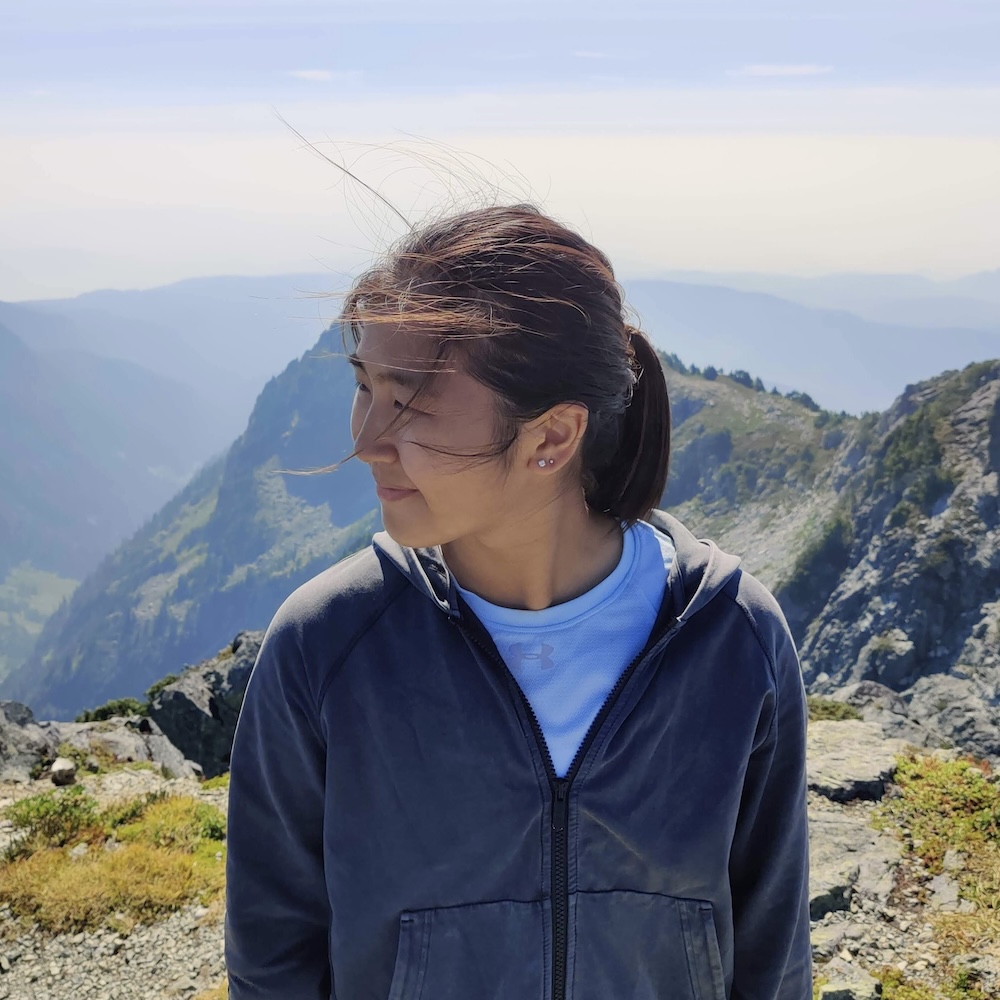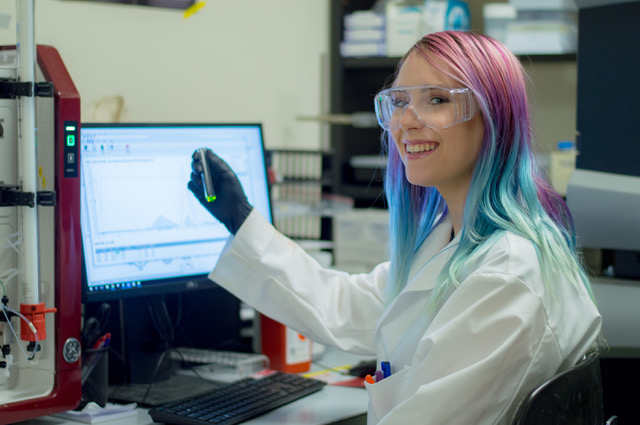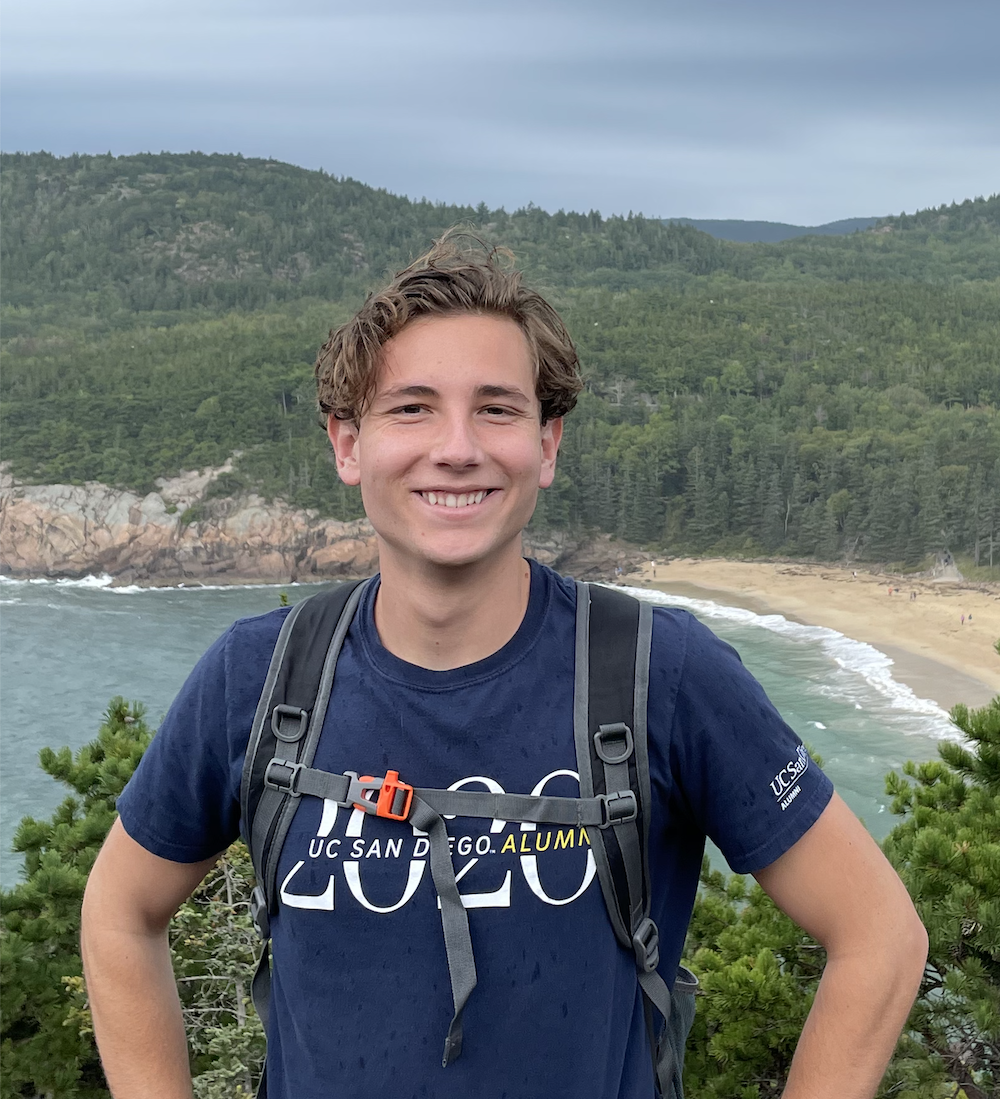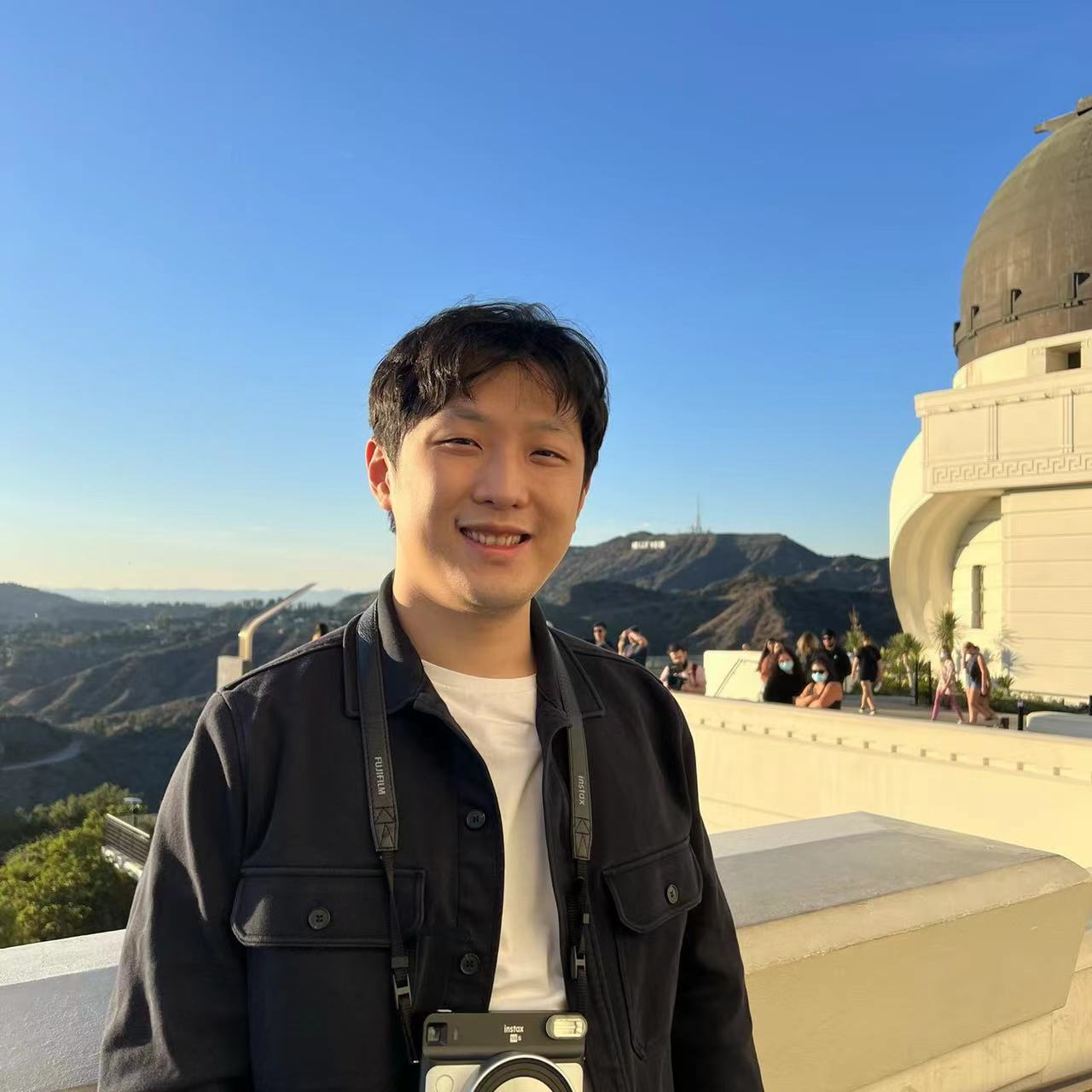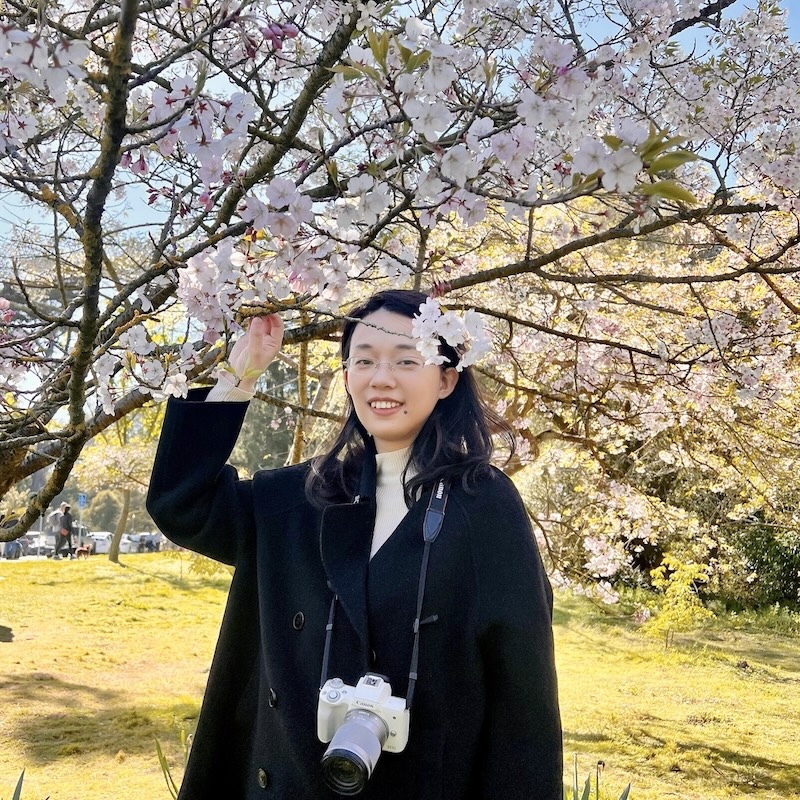Lab Members
Member of the lab?
Login/RegisterVideo: Shoichet, channeling William F. Buckley, offers a vigorous defense of docking and high-throughput screening for the graduate student retreat (interviewed by Emily Crawford, channeling Steven Colbert).
Podcast: Shoichet, in a public interview, tries desperately to sound less confused than he actually is.
Recent reviews, book chapters, and papers:
- Shoichet BK. No free energy lunch. Nat Biotechnol 25 (10), 1109-10 (2007). [Pubmed | DOI | Download PDF]
- Shoichet BK. Screening in a spirit haunted world. Drug Discov Today 11 (13-14), 607-15 (2006). [Pubmed | DOI | Download PDF]
- Shoichet BK. Interpreting Steep Dose-Response Curves in Early Inhibitor Discovery. J Med Chem 49 (25), 7274-7277 (2006). [Pubmed | DOI | Download PDF]
- Shoichet BK. Virtual Screening of Chemical Libraries (Review). Nature 432, 40-43 (2004). [Pubmed | DOI | PDF]
- JJ Irwin & BK Shoichet. Docking Screens for Novel Ligands Conferring New Biology. J. Med. Chem. 59, 4103-4120 (2016). [Pubmed | DOI | Download PDF]
- BL Roth, JJ Irwin, BK Shoichet, Discovery of new GPCR ligands to illuminate new biology. Nature Chemical Biology 13, 1143-1151 (2017). [Pubmed | DOI | Download PDF]
Publications :
- Wang S, Che T, Levit A, Shoichet BK, Wacker D, Roth BL. Structure of the D2 dopamine receptor bound to the atypical antipsychotic drug risperidone. Nature 555 (7695), 269 (2018). [Pubmed | DOI | PDB 6CM4]
- Wacker D, Wang S, McCorvy JD, Betz RM, Venkatakrishnan AJ, Levit A, Lansu K, Schools ZL, Che T, Nichols DE, Shoichet BK, Dror RO, Roth BL. Crystal Structure of an LSD-Bound Human Serotonin Receptor. Cell 168 (3), 377-389 (2017). [Pubmed | DOI | F1000 | Newsweek | Scientific American | Nature NEWS | PDB 5TVN]
- Wang S, Wacker W, Levit A, Che T, Betz RM, McCorvy JD, Venkatakrishnan AJ, Huang XP, Dror RO, Shoichet BK, Roth BL. D4 dopamine receptor high-resolution structures enable the discovery of selective agonists. Science 358 (6361), 381-386 (2017). [DOI | UCSF News | PDB 5WIU | PDB 5WIV]
- Manglik A, Lin H, Aryal DK, McCorvy JD, Dengler D, Corder G, Levit A, Kling RC, Bernat V, Hübner H, Huang XP, Sassano MF, Giguère PM, Löber S, Da Duan, Scherrer G, Kobilka BK, Gmeiner P, Roth BL, Shoichet BK. Structure-based discovery of opioid analgesics with reduced side effects. Nature 537, 185-190 (2016). [Pubmed | DOI | BioCentury | Download PDF]
